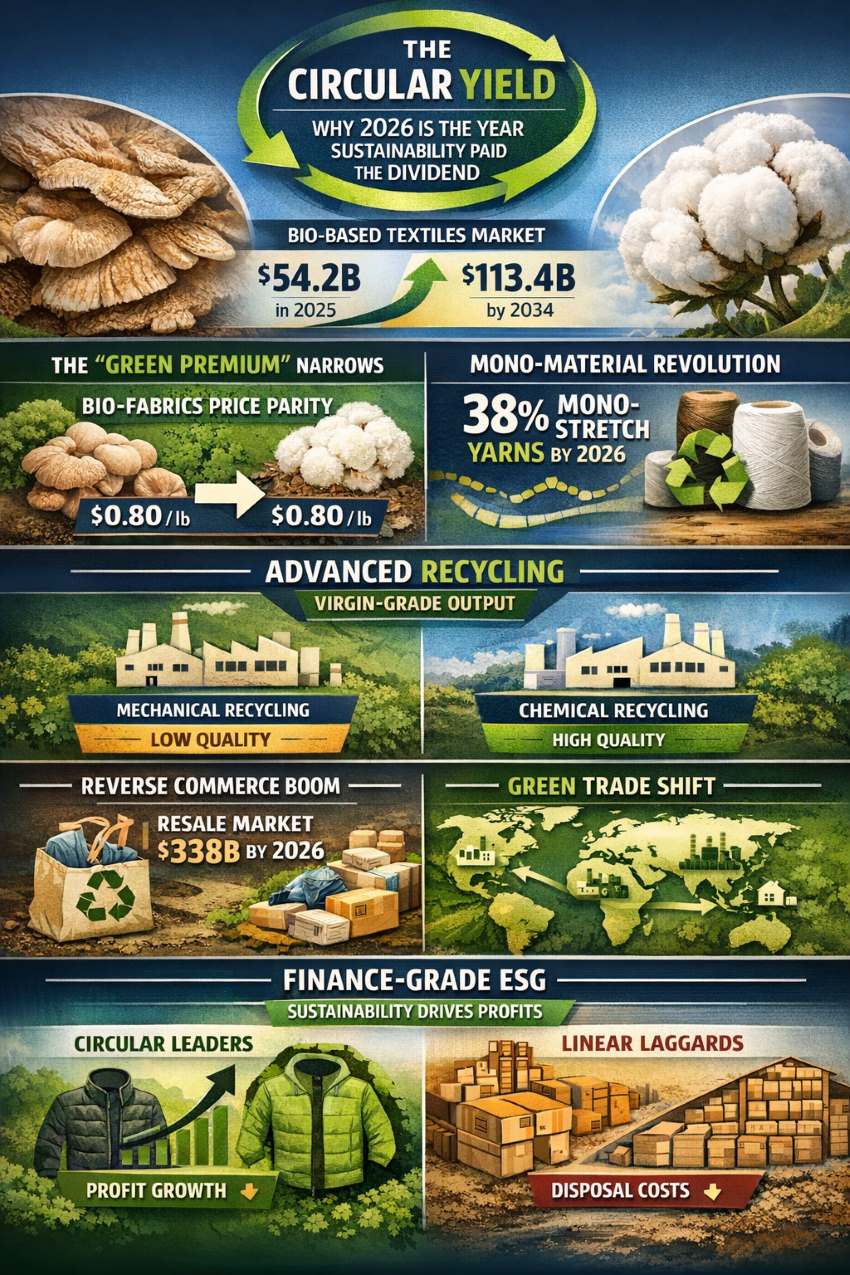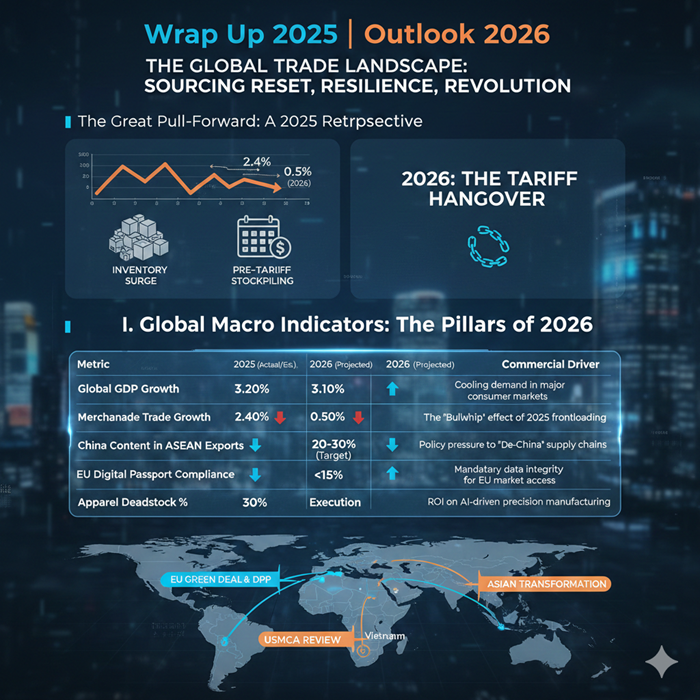
The controversy just gets deeper and deeper as media fill column after column chiding the global fashion sector over its apparent half-hearted attempts at understanding the gravitas of climate change and coming up with solutions that work rather than making it all look good. In the process, allegations of green washing got thrown around, fast fashion was turned into the dirty outcast of the industry and sustainable supply chains couldn’t provide the required proof and so on.
Governments have already come into play setting stringent standards that have to be complied within a fixed timeline; much of scientific research is busy trying to find biodegradable fiber options that can stop the unsustainable cultivation of cotton and phasing out the likes of polyester and nylon. While Europe was baking this July, the UN Secretary General Antonio Guterres gave out the wake –up call at a press conference, stating “Climate change is here. It is terrifying. And it is just the beginning. The era of global boiling has arrived.” Jason Judd, Executive Director, Cornell University’s Global Labour Institute said in a recent report “Extreme heat is exacting a huge toll on workers and through workers on output and earnings at the factory level. Intense flooding, which is arguably less predictable and more destructive, is also a growing risk in many of fashion’s major sourcing hubs. It’s hard to argue these are not material risks.” Judd has been analyzing how the global fashion sector will be impacted financially as climate change worsens and as per his deductions, the numbers don’t look good at all.
Some brands show the way
While global media abounds with stories of luxe retailer LVMH’s financial success and where its owner stands in the list of the world’s richest individuals, the group’s portfolio of climate commitment may have flown under the radar. As Hélène Valade, who oversees environmental work across all of LVMH’s 75 brands- points out, at the core of LVMH’s climate efforts is a new program called LIFE360 that lays out a range of climate and biodiversity targets for the company. The goals are extensive: no virgin plastics used in packaging by 2026, a 50 per cent cut in energy-related emissions by 2026 from 2019 levels, and zero deforestation from products in its supply chain by 2025.
Valade summed up LVMH’s strategy in a credible manner when she was interviewed by one of the most reputed magazines worldwide that all LVMH products are derived from nature as champagne can’t be made without grapes, fragrances can’t be made without forests and clothes without cotton and that is why this august European corporation has such an ambitious environmental strategy.
Climate change community disheartened by fashion side-stepping issue
Examples of sidestepping the present and critical issues of climate change are also evident from the responses provided by high-end puffer jacket label Moncler and the self-proclaimed leader of fashion’s sustainability the Kering Group. When Moncler was questioned, it stayed focused on its robust earnings of the quarter (Moncler sales hit $1.1 billion for the first time ever) and climate change action was given a clever hook by its chief of marketing and operations, Roberto Eggs. He refused to divulge any committed goals but stated that Moncler was now going to cater to weather upheavals throughout the year with a portfolio of light and heavy puffer jackets and that is all there was to it. Similarly, such calls to the Kering Group and Adidas resulted in a few casual mentions.
This begets the question why is the fashion sector not fully committed and can fashion really be sustainable ever?












